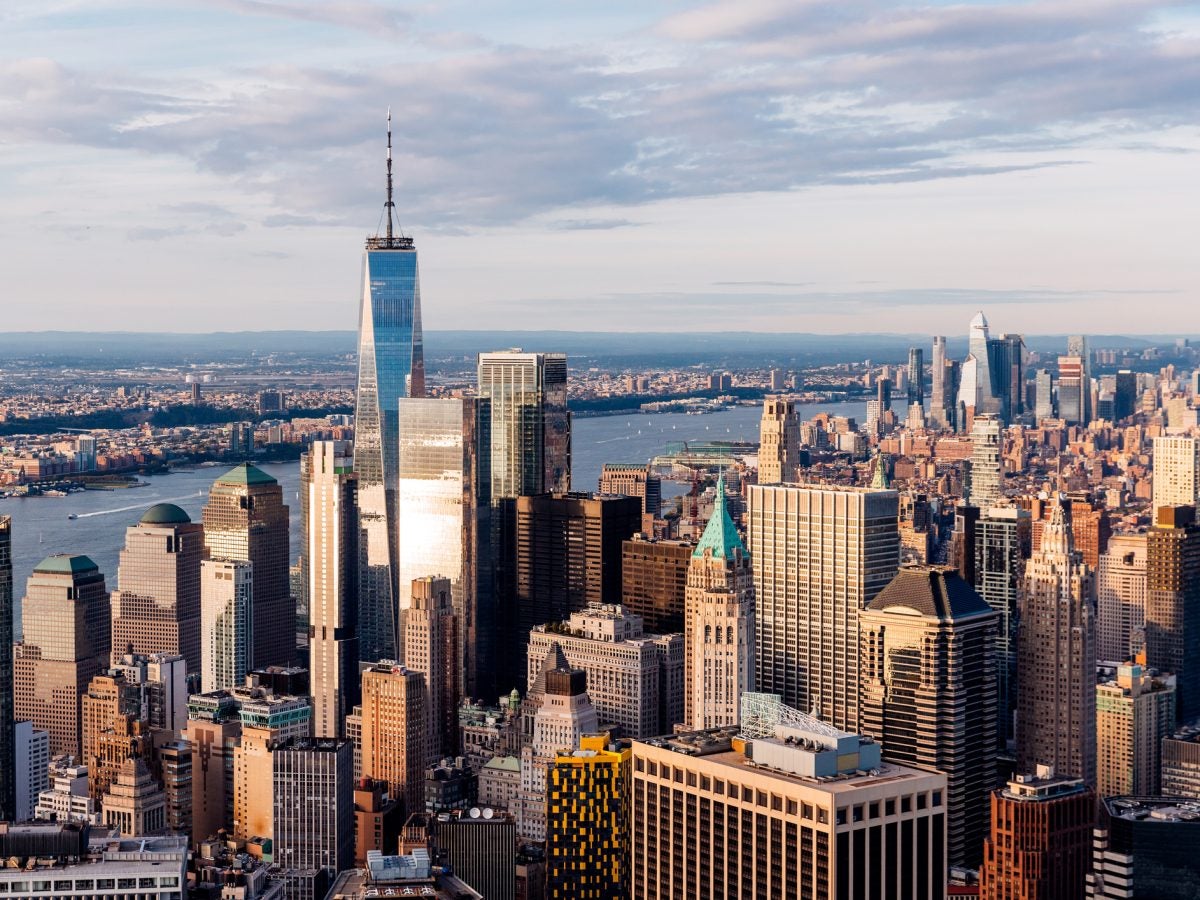
New York City has long been known as the city that never sleeps, but it’s new moniker might be the city that is slowly sinking.
New research has found that the extraordinary weight of skyscrapers combined with rising sea levels is contributing to a 1-2 millimeter on average of sinking per year. Worse, some areas are even plunging down at twice this rate.
In 2012, Hurricane Sandy offered up a prophetic warning as catastrophic flooding inundated the subway system, but now it’s not just the underground system that is threatened. According to the new study, which was published in the Earth’s Future journal, “The combination of tectonic and anthropogenic subsidence, sea level rise, and increasing hurricane intensity imply an accelerating problem along coastal and riverfront areas.”
Per the study’s calculations, the weight of those New York City buildings is the equivalent of about 140 million elephants, and while many of the larger buildings are sitting on solid bedrock, other structures are resting on a mixture of sand and clay. The Manhattan section of the famous “Brooklyn Bridge is built on a hard layer of sand, since it was too dangerous for the workers building it to keep drilling down to bedrock.”
Tom Parsons, one of the study’s co-authors, stated “The softer the soil, the more compression there is from the buildings. It wasn’t a mistake to build such large buildings in New York but we’ve just got to keep in mind every time you build something there you push down the ground a little bit more.”
Exacerbating the issue—climate change. New York City’s surrounding waters “are rising at about twice the global average due the glaciers melting from the effects of climate change and seawater expanding. Since 1950, the sea level around New York City has increased about nine inches,” and by the 2050s, its anticipated that the sea level could rise between 8-30 inches, and as much as 15-75 inches by the end of the century.
Geophysicist Sophie Coulson, a Los Alamos National Laboratory postdoctoral fellow, said “We know that global sea levels are rising and shorelines are changing, and that it is critical to understanding the impact of human activities, such as greenhouse gas emissions, on our warming world,” adding “This research takes a look at an important human factor that has only recently come into focus — the effect of urban building loads on coastal land subsidence.”
More than 8 million people living as a part of a deeply concentrated population have the potential to be impacted by this issue, and New York is not alone in facing a crisis of this magnitude. C40 Group, a network of mayors fighting the adverse impacts of climate change, released a report with findings “that 800 million people are expected to live in coastal cities where sea levels are expected to rise by over a foot by 2050.”
